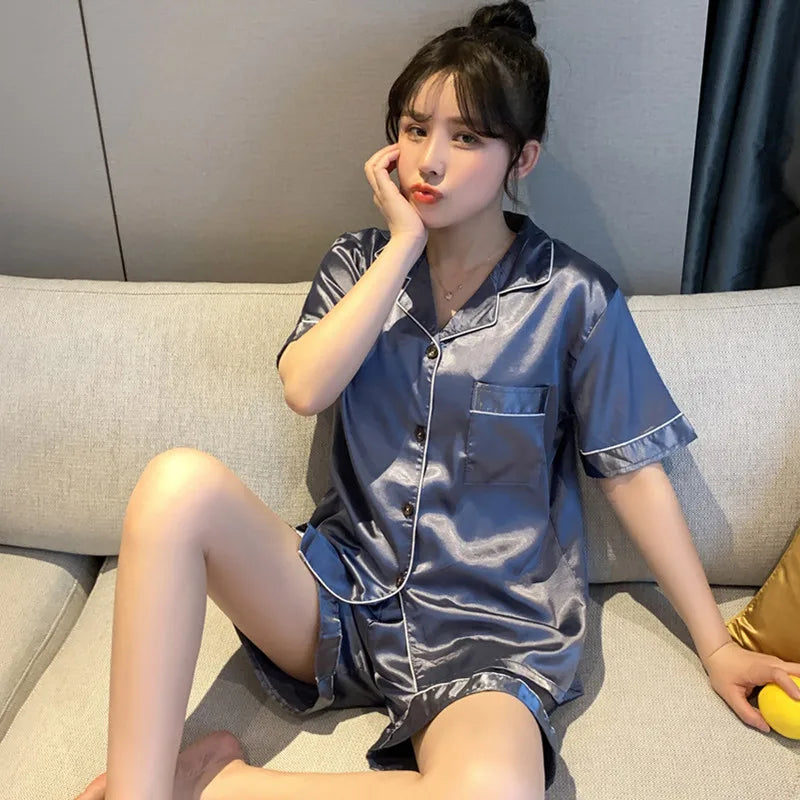How Many 0-3 Onesies Do You Need for Your Newborn?
Table of Contents
- Introduction
- Understanding Onesies: A Newborn Staple
- How Many 0-3 Onesies Do You Need?
- Key Considerations When Choosing 0-3 Onesies
- Additional Baby Clothing Essentials
- Conclusion
- Frequently Asked Questions (FAQ)
The arrival of a newborn is a moment filled with joy and anticipation, but it also comes with a myriad of questions. Among the myriad of considerations, one that often occupies the minds of expectant parents is, "How many 0-3 onesies do you need?" It's a simple yet complex inquiry, as the answer can vary significantly based on individual circumstances, preferences, and the unique needs of your baby.
In this blog post, we will delve into the essential factors that influence how many onesies you'll need for your little one during those important early months. We will discuss the significance of choosing the right size, the comfort and quality of fabrics, laundry routines, and growth patterns that impact your purchasing decisions. By the end of this post, you'll be equipped with the insights needed to create a well-rounded wardrobe for your newborn, ensuring they are comfortable and stylish.
We’ll explore not just the numbers but also the rationale behind them, highlighting how having the right amount of clothing contributes to a smoother parenting experience. As we navigate through this topic, we’ll also touch upon our commitment at Relaxed Nights to provide premium nightwear, including cozy onesies and outfits crafted from the softest, most breathable fabrics, ensuring that your baby feels as good as they look.
Introduction
As soon as we find out we’re expecting, the excitement of preparing for our little one kicks in. We often rush to purchase every adorable outfit we can find, but soon we find ourselves overwhelmed by questions regarding practicality—especially when it comes to how many 0-3 onesies we actually need. After all, newborns have a delightful tendency to create messes, whether through diaper blowouts or unexpected spit-ups.
Research indicates that during the first few months, babies require an average of 2-3 outfit changes per day due to these frequent messes. However, with their rapid growth, it's crucial to strike a balance between having enough clothing on hand and avoiding an excess of garments that may never be worn.
So, what is the magic number? By the end of this blog post, we will have answers, guidance, and practical tips to help you prepare for your newborn’s wardrobe. Whether you're a first-time parent or adding to your family, our tips will ensure your little one is comfortably dressed without overloading your laundry schedule.
Understanding Onesies: A Newborn Staple
What Are Onesies?
Onesies, often referred to interchangeably as bodysuits, are one-piece garments designed to cover a baby's torso, typically fastening at the bottom with snaps. This design makes dressing and diaper changes significantly easier, a crucial feature for busy parents.
Why Are Onesies Essential?
Onesies are vital for a newborn's wardrobe for several reasons:
- Comfort: Crafted from soft, breathable materials, they keep babies comfortable throughout the day and night.
- Ease of Use: The snap closures allow for quick and easy diaper changes, which is essential given how often newborns need changing.
- Versatility: They can be worn alone in warmer weather or layered under other garments in cooler temperatures.
- Protection: Onesies provide coverage for delicate skin, helping to keep babies warm and safe from minor scrapes.
At Relaxed Nights, we understand the significance of comfort and elegance. Our onesies are made from premium fabrics that prioritize your baby's comfort while reflecting our brand's commitment to quality.
How Many 0-3 Onesies Do You Need?
The consensus among experts and experienced parents is that having around 8-12 onesies in the 0-3 month size range is a practical and sufficient amount. Here’s a breakdown of why this number works:
1. Frequency of Outfit Changes
Newborns can require multiple outfit changes each day. Spit-ups, diaper leaks, and other little accidents are common, so having a solid supply of onesies ensures you won’t be caught short.
If we consider that a baby may need 2-3 changes daily, having about 10-12 onesies provides a buffer to accommodate laundry schedules while also ensuring your baby stays clean and comfortable.
2. Growth Patterns
Babies grow rapidly in their early months. The average infant will transition from newborn sizes to 0-3 month sizes quite quickly, often outgrowing the 0-3 month size by the time they reach 12-13 pounds. This rapid growth means you should be cautious about overstocking in any particular size.
By settling on 8-10 onesies, you can balance having enough clothing without overdoing it. Once your baby outgrows the 0-3 size, you can reassess and purchase the next size accordingly.
3. Laundry Routine
Your laundry habits play a significant role in determining how many onesies you might need. If you plan to do laundry every day, you may get by with fewer onesies. However, if you prefer to do laundry less frequently, aim for 12 or more to ensure you have enough on hand.
4. Seasonal Considerations
The time of year when your baby is born can also affect your clothing needs. For instance, if your baby is born in the colder months, you may want to consider having a mix of long-sleeved and short-sleeved onesies to accommodate varying temperatures and layering options.
Key Considerations When Choosing 0-3 Onesies
Quality of Fabrics
When selecting onesies, prioritize soft, breathable fabrics such as organic cotton or bamboo. These materials are gentle on delicate skin and help regulate body temperature, keeping your baby comfortable throughout the day.
Style and Functionality
Consider various styles of onesies, including:
- Short Sleeve vs. Long Sleeve: Depending on the season, having both options is beneficial.
- Kimono Style: These wrap-around styles are perfect for newborns, especially when the umbilical cord stump is still healing.
- Integrated Mittens: Some onesies come with fold-over mittens to prevent scratching and keep tiny hands warm.
Ease of Dressing
Choose onesies that are easy to put on and take off. Look for those with wide neck openings or snap closures that facilitate quick dressing, as this will be invaluable during the frequent diaper changes you will encounter.
Additional Baby Clothing Essentials
While onesies are foundational, your baby's wardrobe should also include other essentials. Consider the following items to create a comprehensive wardrobe:
Sleepers and Gowns
Sleepers and gowns allow for easy nighttime changes and keep your baby warm and cozy. Aim for 3-5 pieces to rotate through.
Pants and Leggings
Having some soft pants or leggings to layer with onesies or tops will provide additional warmth and style options.
Socks and Mittens
Keep those tiny toes warm with several pairs of socks, and consider mittens for colder weather, especially if your baby is born in winter.
Blankets and Swaddles
Swaddling can help soothe newborns, and a few soft blankets will ensure your baby stays comfortable during sleep.
Conclusion
As we’ve explored, determining how many 0-3 onesies to purchase for your newborn involves considering various factors, including laundry habits, your baby’s growth rate, and seasonal needs. Aiming for 8-12 quality onesies strikes a balance between practicality and preparedness, ensuring your baby is comfortable without overwhelming your laundry schedule.
At Relaxed Nights, we are dedicated to providing premium nightwear that supports both comfort and elegance. Our collection of onesies and other nightwear essentials are designed to embrace your baby in softness and style, making every moment special.
Frequently Asked Questions (FAQ)
How many outfits should I have for my newborn?
Aim for 10-12 outfits in the newborn to 3-month size range, considering frequent diaper changes and growth rates.
What size onesie does a 3-6 month old wear?
A 3-6 month old typically wears clothing designed for babies weighing between 12 to 17 pounds.
How do I choose the right size onesie?
Pay attention to your baby's current weight and growth trajectory. It's best to have a mix of sizes to accommodate rapid growth.
When should I start buying bigger onesies?
Monitor your baby’s growth. If they are nearing the upper limit of their current size, it’s advisable to purchase the next size up.
Are there specific features to look for in onesies?
Choose onesies made from soft, breathable materials with easy-to-use closures. Look for styles that accommodate diaper changes and provide comfort.
By keeping these points in mind, you can confidently prepare your newborn’s wardrobe, ensuring they are dressed for comfort and style. Thank you for joining us, and we hope you feel more equipped to make informed choices for your little one’s clothing needs!



